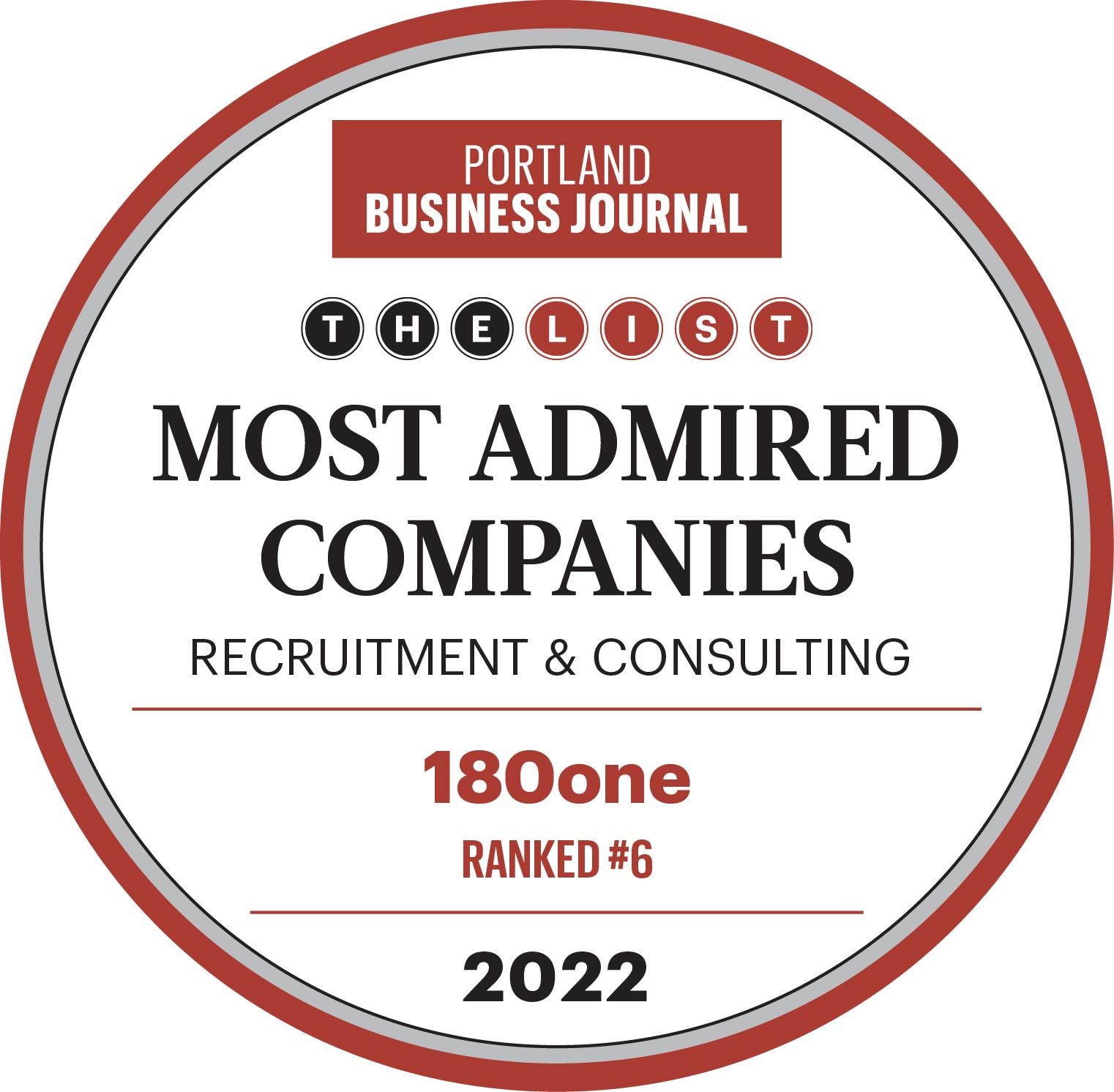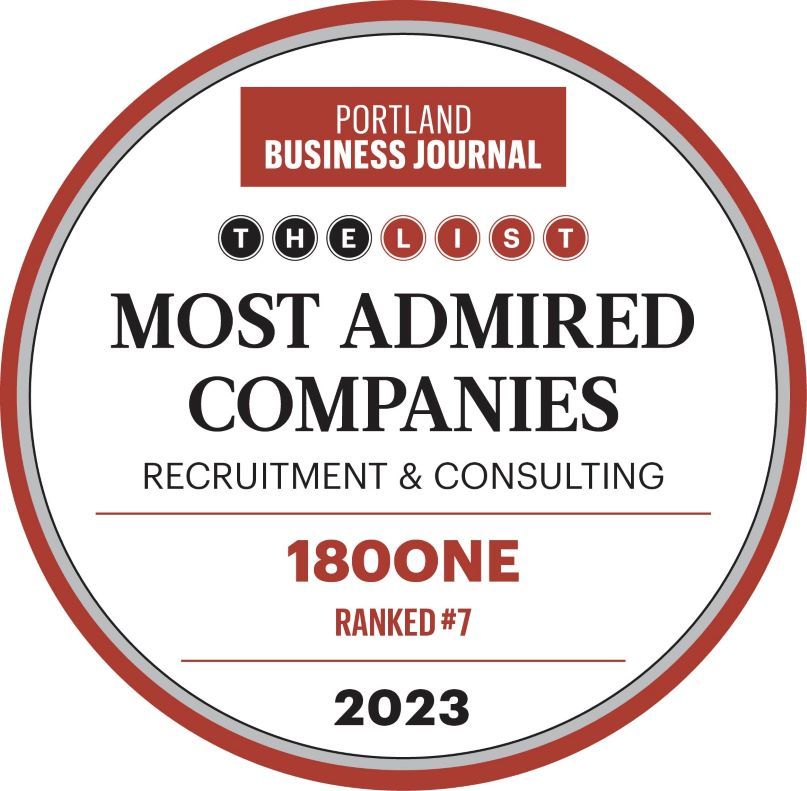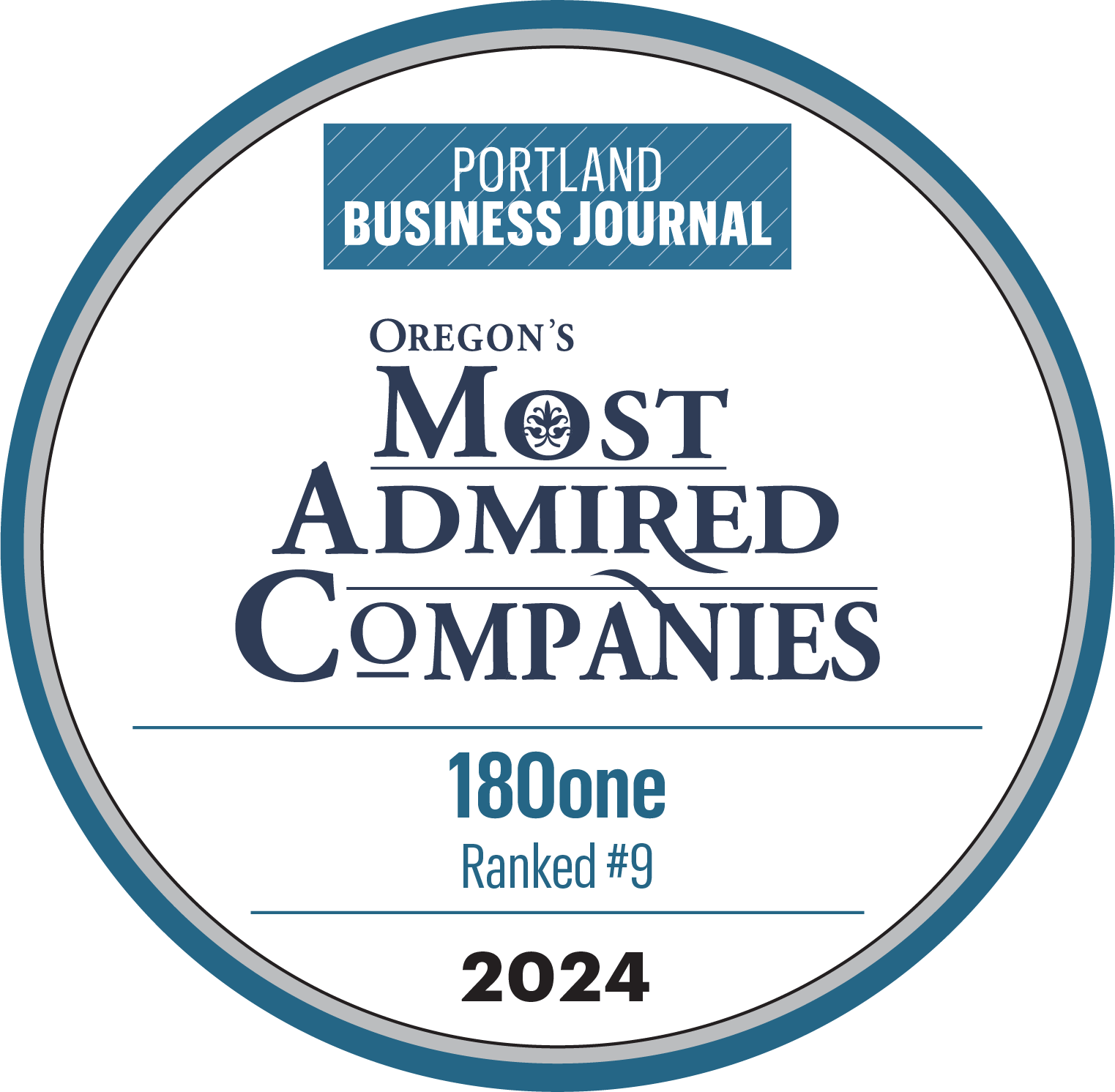Breaking Down the Recruiting Brick Wall: Identifying & Sourcing Candidates
This article is the second in a three-part series looking at how your organization can improve its hiring processes. Like what you see? Don’t miss parts one and three!
For Post 1 in our series “Breaking Down the Recruiting Brick Wall: How to Build More Effective Hiring Practices,” we showed you how to create a Candidate Success Profile to help you identify what you’re looking for and lay the foundation for a successful executive search. But once you have your profile in place, how do you find the people who match it?
You may think we’ve come a long way from posting ads in the classifieds, but today’s hiring managers use the same tool with just a different name: the Internet.
Posting a job is a standard practice that all companies should do, but it isn’t the only, or the best, way to find the right candidates for your organization.
In today’s post, we’ll show you other active ways to identify and source candidates that will complement your job posting and enable you to find the professionals who fit your Candidate Success Profile.

Post Jobs Strategically
You should be posting your open position already, so an easy first step to go above and beyond the standard practice is to think about where to post based on the interests of your ideal candidates. What do they read? Which websites do they browse? What networks or groups do they belong to? Think about relevant industry associations, job boards, publications and trade shows that align with the role and distribute your information through those channels.
For example, when conducting a search for a President for a higher education institution, the Chronicle of Higher Education would be a smart place to post your position. If you’re recruiting for a specific geography, leverage university and alumni job boards for your search to help you identify the right candidates in the region your position is located in.
While job postings are a great start for spreading the word about your open position and casting a wide net, keep in mind that 70% of workers aren’t actively job-searching. Below are 4 more ideas for reaching that passive talent.
Solicit Employee Referrals
The #1 way candidates find out about positions is through referrals, and creating a strategy that encourages employee referrals can be an effective way to source talent that is not only qualified for the position but also the right culture fit for your organization.
Making sure you receive leads that are relevant and qualified, though, is key, so here are a few ways to improve your employee referrals.
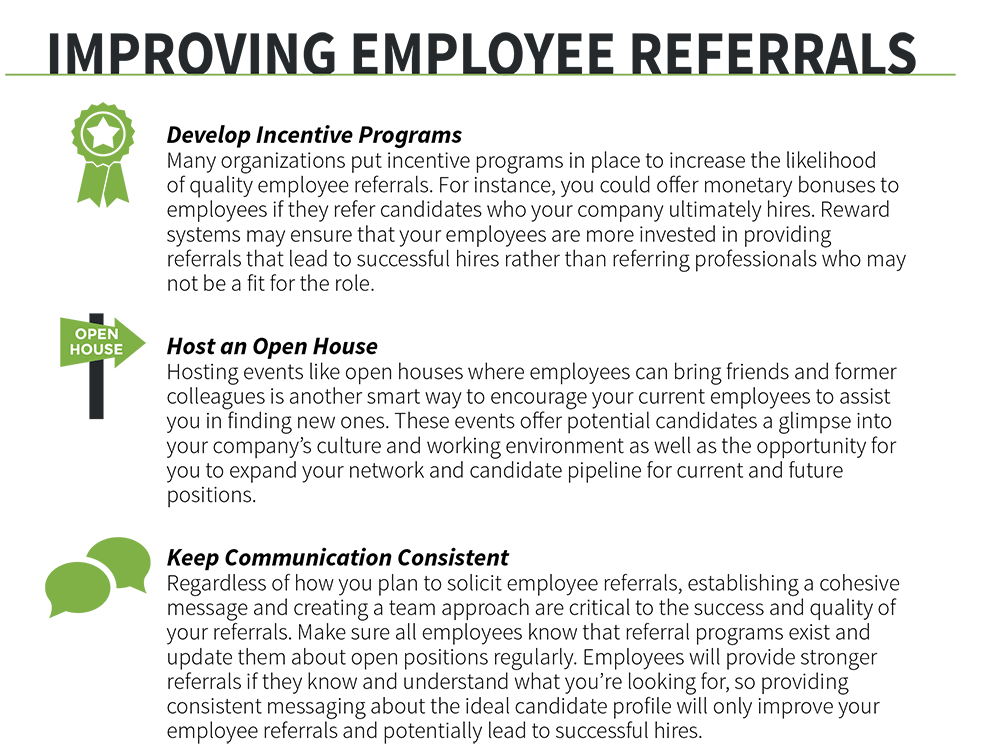
Network with Like-Minded People
Networking should always be a key piece in your sourcing efforts, but, as with job postings, taking a more strategic approach to connecting with your network about open roles can help you find qualified candidates faster.
For instance, when searching for a CFO, talk to all of the CFOs you know; even if they aren’t a fit for this position, they will know other CFOs who may be. You should also connect with your service providers, including accountants, lawyers and bankers. Professional services firms work with the people you’re looking for, and they can offer solid leads for new candidates.
As with all candidates that come through your process, you need to evaluate these referrals using your Candidate Success Profile to make sure they are qualified for the role. People in your network may also only suggest professionals who are actively seeking positions, so hone your ask to learn more about who the experts in the industry or function are, regardless of whether they’re looking, to better reach the passive candidates.
Get the Word Out Through the Media
In addition to posting on your company’s website and through your social media and other marketing channels, consider using public relations firms or the press to promote your search.
Rather than trying to publish an article about looking for a new Product Manager, though, work with your trade publication to write a piece about a new product launch and include information about your search to add new people to your team.
You can also take your press coverage to the next level by gamifying your search. Gamification involves applying elements of game playing to a project and is often used as an online marketing technique to push products and services. But gamification doesn’t have to be limited to marketing.
Many sectors, most notably the technology industry, employ gamification to recruit new candidates as well. Tech firms often host hackathons where they invite programmers, developers and other software and hardware professionals in to collaborate on short-term projects. These intensive work sessions provide potential candidates the opportunity to work with innovative companies while also giving tech firms an exclusive opportunity to evaluate professionals’ skills in real time and figure out who really is the best fit for their organizations.
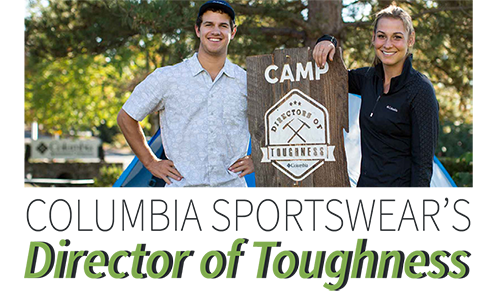
One of the best recent examples of combining media coverage and gamification was Columbia Sportswear’s 2015 search for a Director of Toughness.
Media outlets immediately picked up on the search for 2 individuals to travel the world, test Columbia gear and chronicle their experiences on Columbia’s blog. Columbia received thousands of applicants for the positions, and the success of their search is owed both to the playful nature of the job description/call for applications and the wide-spread promotion of the openings via a variety of channels.
Targeting
One of the most effective ways to find the best candidates for your position is to conduct targeted sourcing – going after candidates who don’t know your company, haven’t heard about your position and aren’t looking for a new job but who, based on a variety of factors (including the traits you’ve outlined in your Candidate Success Profile), you have identified as professionals who could have the right skills for your position.
As we mentioned earlier, 70% of the working population is not actively seeking new positions, and that vast group of passive job seekers is often the best place to find the right candidates for your positions. But how do you tap into that pool of talent?
Targeted sourcing can be extremely successful, but it also requires a lot of time and effort to execute the strategy and yield results. To be effective, your organization must commit to this approach, which means investing in research and team members experienced in proactively reaching out to candidates.
If your organization isn’t ready to build an internal team to perform targeted sourcing, engaging a search firm like 180one could be a great solution. When looking for highly critical or specialized roles, working with a search firm can ensure that the positions remain a priority, taking the burden off of your internal team so they can focus on other projects. Most candidates are also more open to speaking with a search firm instead of the hiring company to maintain confidentiality, so working with a search firm can expand your ability to reach and connect with the talent that isn’t actively seeking new positions.
When selecting a search firm, make sure to inquire how they source candidates and specifically how they target. They should possess a research function, a repeatable process, experienced recruiters with the right know-how and a system to support their efforts.
In the Next Post…
As the market continues to tighten up, your ability to remain one step ahead of your competition in looking for talent is the key to winning candidates. The practices outlined above are a good start to thinking about and building more robust sourcing strategies.
Once you identify the top candidates for your pipeline, you need to determine how to assess them. Head over to Post 3 of our series to learn how to effectively evaluate your candidates to make the best hire possible.




